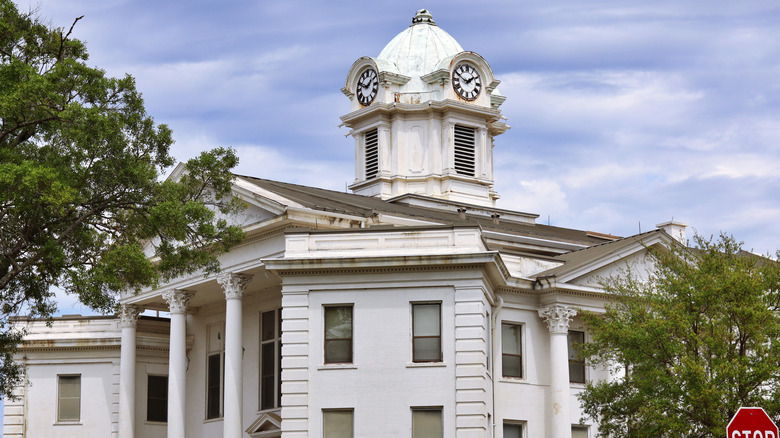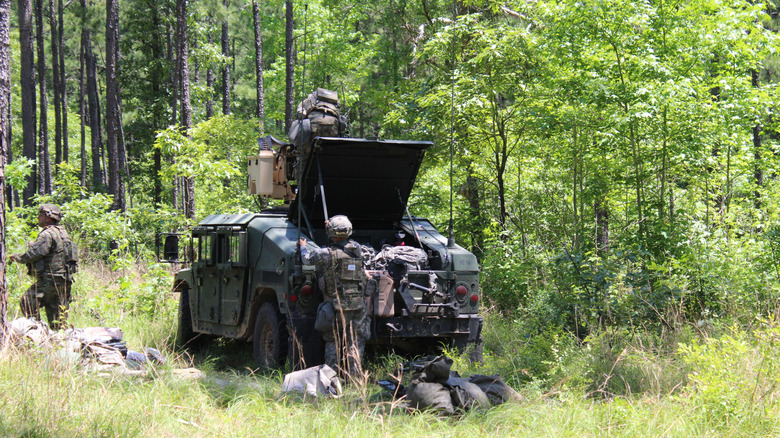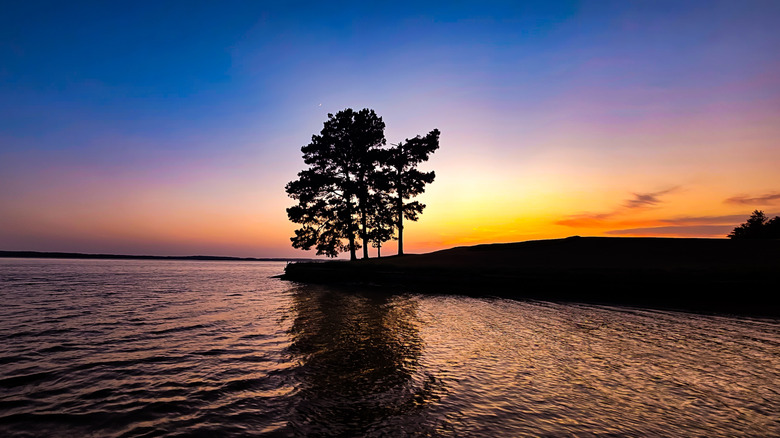Louisiana's Charming Wild West Town Near Kisatchie National Forest Hosts The State's Largest Military Base
Once the center of commerce in a lawless swath of present-day western Louisiana, Leesville is now a welcoming and hospitable community with a colorful past that sits on the cusp of some of the South's best outdoor pursuits. Here, about two hours south by car of Shreveport and its regional airport, visitors can step back in time to the pre-Civil War era when Spain and the United States created a buffer zone between their two countries to avoid disputes after the 1803 Louisiana Purchase. By crafting this neutral zone, the two governments created a renegade area where outlaws, military deserters, and runaway slaves settled and carved their lives out of the rolling hills and tall-pine country of this still-sparsely populated corner of the Pelican State.
Dubbed "No Man's Land" at the time and perceived by many to be Louisiana's own version of the Wild West, the neutral zone between Spain and the growing and westward-looking United States was sort of a 19th century DMZ where lawlessness was the order of the day, and where no government had much control. The occupants of No Man's Land included bandits and raiders who disrupted trade between nearby Natchitoches, Louisiana's oldest city with just as much European charm and culture as New Orleans, and points west in Spanish-controlled Texas. Both the U.S. and Spain took turns raiding outlaw camps and trying to keep trade flowing.
Finally, in 1821, nine years after Louisiana earned statehood, Spain and the U.S. settled on the present-day boundaries between Louisiana and what is now Texas. Today, there are still remnants of that 15-year "Wild West" period in Louisiana's history, and there's so much for visitors to do while traveling to this quiet enclave of the American South.
A military town on the fringes of the great outdoors
In addition to its No Man's Land history, Leesville is a military town. Home to the U.S. Army base Fort Johnson (formerly Fort Polk), Leesville's more recent history is almost as interesting as its past. Established in 1941, Fort Johnson housed German prisoners captured during World War II. Then, in 1962, as the U.S. was ramping up its participation in the Vietnam War, the post was used as a major infantry training center, a role it reprised in 1993 when the Joint Readiness Training Center opened there. Visitors can take a self-guided tour of Fort Johnson and get a glimpse into the post's colorful past at the Fort Polk Military Museum. Fort Johnson is the largest military base in Louisiana.
Surrounding Leesville is a wealth of outdoor recreation opportunities. From mountain biking and hiking in the Kisatchie and Sabine national forests (the latter is across the state line in eastern Texas), to chasing trophy bass on the storied Toledo Bend Reservoir, those with a penchant for the woods and waters of the South won't be disappointed. Toledo Bend Reservoir is on the Sabine River and denotes today's undisputed border between Texas and Louisiana. Named the top bass lake in America between 2015 and 2017, Toledo Bend is a lot like Lake Guntersville in Alabama in that it boasts some of the best bass fishing in the Southeast. The large mouthbass population is robust, but anglers can also choose to go after crappie, catfish, and sunfish, too. But perhaps the most sought-after trophy on Toledo Bend is its striped bass –- these fish are regularly spotted by Texas Parks and Wildlife and their appeal is due to their incredible growth potential.
Leesville's history is diverse and interesting
Leesvillve's past as part of the notorious No Man's Land is fascinating, but there's more to this charming small town than its history as a center of lawlessness. Visitors can see remnants of the city's pre-Civil War era by visiting the oldest building in Leesville, the Smart Plantation House. Built in 1855, the Southern Planter-style home features a separate kitchen (it was common to have kitchens built away from the main residence in the 19th century due to fire hazards), and is being restored by new owners as of this publication. The house is on the National Register of Historic Places.
After the Civil War, Leesville and western Louisiana became a center for timber operations. One remnant from that era is the Ferguson House, built by timber company magnate G.R. Ferguson around 1890. Like the Smart House, the Ferguson House is a registered historic home. Architectural aficionados should also check out the Vernon Parish Courthouse, which wasbuilt in 1910 and is the only Beaux-Arts building in the parish. Like Bastrop, a historic Louisiana city that's a hub for architecture, culture and family friendly outdoor fun, Leesville boasts numerous historic structures of national significance.
For history buffs looking to take a deeper dive, a trip to the Museum of West Louisiana is in order. Here, guests can learn more about myths and legends from the No Man's Land era. It also includes a detailed exhibit on the German POWs held at what was then Fort Polk, and what became of them after the war. For visitors to Leesville, the possibilities are endless. History, fishing, public lands ... this beautiful and underrated corner of Louisiana (the state with the most road rage) is definitely worth a visit.


